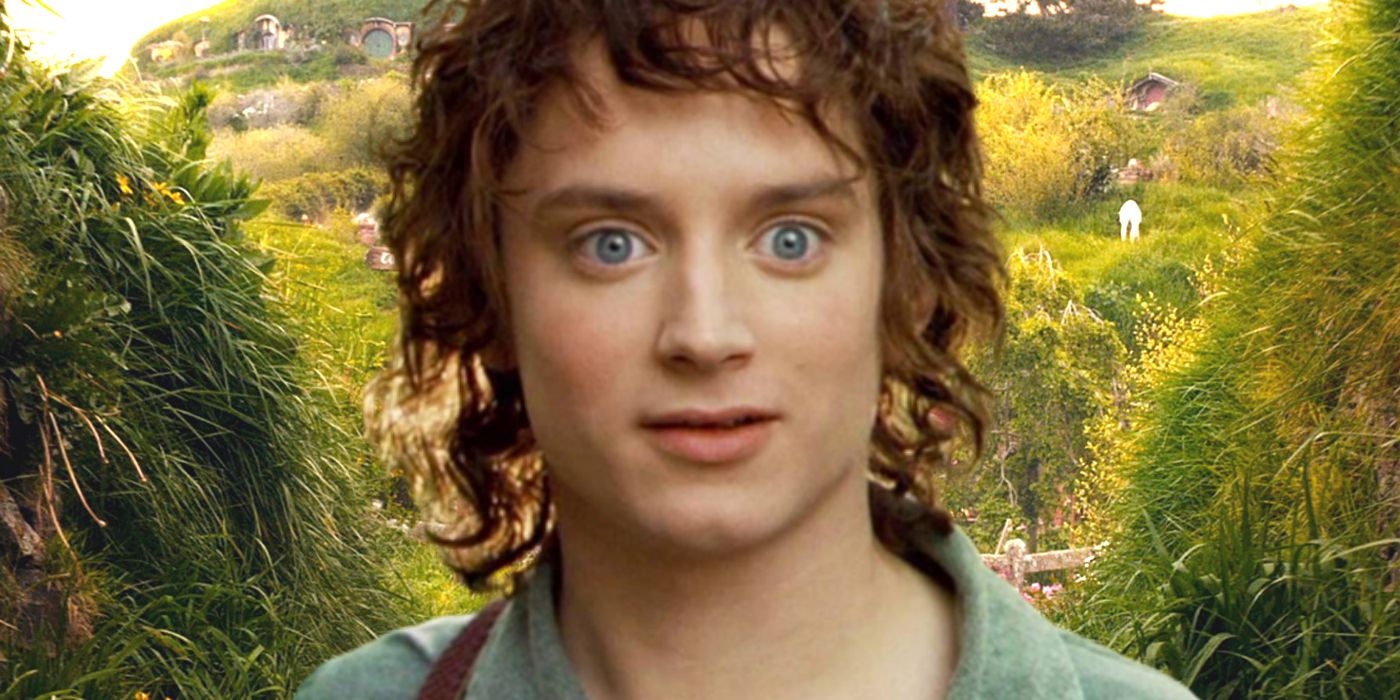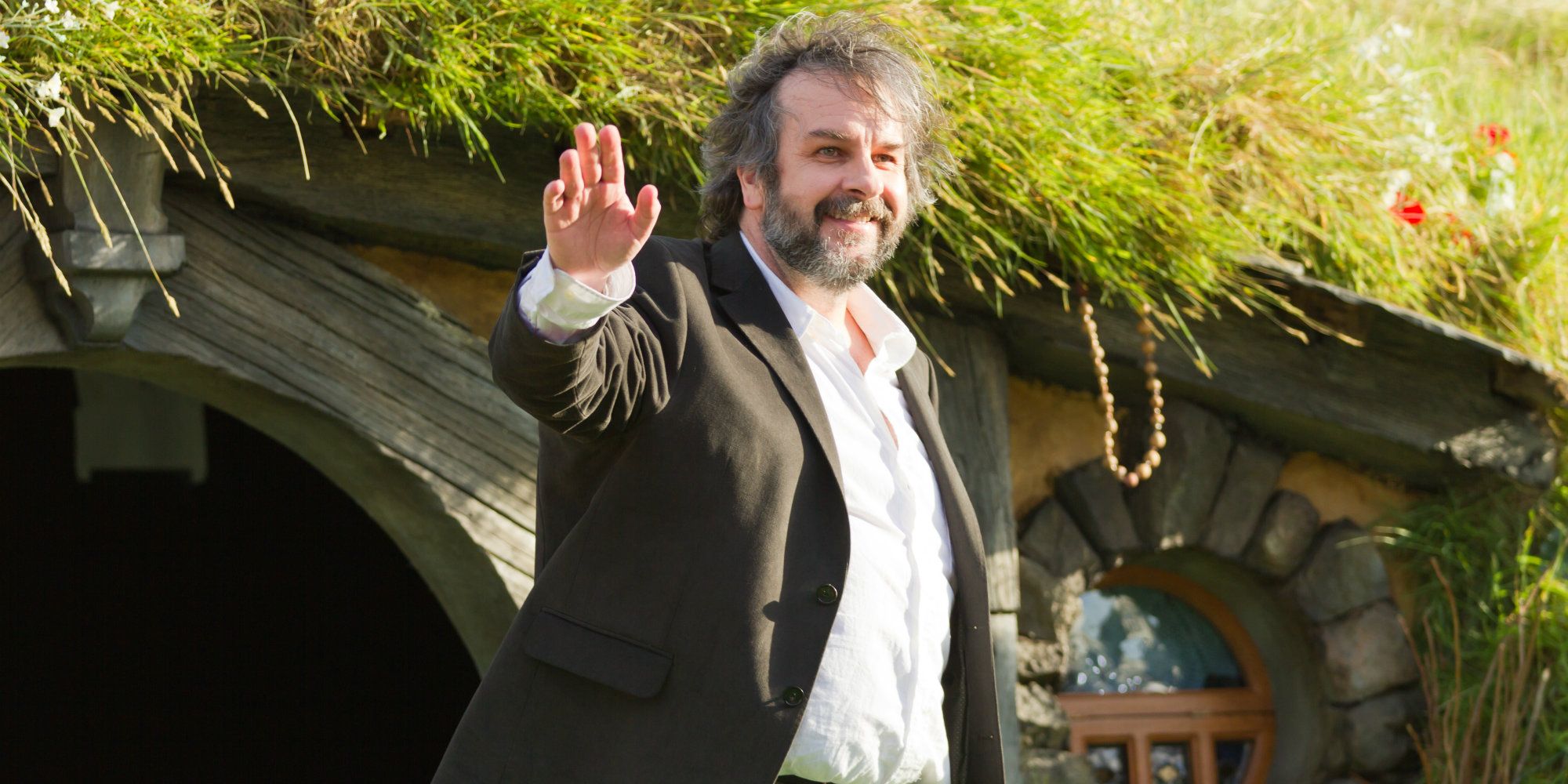As fantasy names go, J.R.R. Tolkien calling a town where hobbits live Hobbiton seems like a terrible and obvious name for Lord of The Rings, but it's actually the perfect choice for Frodo's village. Tolkien is well-known for inventing his own languages and creating an amazingly detailed world for Lord of the Rings and The Hobbit. The reason is that Tolkien used real-life influences when creating the languages for the races of Middle-earth, along with a dose of clever fantasy world-building. A philologist, he was an expert in Old English and other Germanic languages and worked on fictional languages since he was 13-year-old. Tolkien’s extensive knowledge resulted in at least two fully developed fantasy languages (Quenya and Sindarin), and around 20 incomplete ones.
His dedication went beyond languages and was reflected in the history of Arda itself, encompassing different time periods of Middle-earth defined by significant events. He drew detailed maps, making it easier to calculate how long Frodo took to go from the Shire to Mordor. And, of course, all the races he created had their own culture, customs, past and unique characteristics. Rivalries, old alliances, wars, and ancient artifacts gave Tolkien’s world texture and depth. This allowed even items such as Galadriel’s Fellowship gifts to have special meaning and a lot of history behind them. With so much detail and effort going into the creation of Middle-earth, it’s easy to wonder why Tolkien thought Hobbiton would fit with more elegant elven words such as Rivendell and Lothlórien or the intimidating Barad-dûr and Gorgoroth. Compared to those, Hobbiton doesn’t sound as imaginative or magical, but that’s precisely the point.
Tolkien knew exactly what he was doing by giving a hobbit village a common name like Hobbiton. The choice was meant to reflect the uncomplicated and straightforward nature of hobbits. In fact, he also used simple names for other locations related to them: Old Forest, Hedge, Bag End, and Old Mill. At the very start of The Hobbit and Lord of the Rings, hobbits are shown as simple folk who enjoy a good smoke, food, parties, and are mainly farmers. They have never seen conflict beyond their borders, hardly ever left their lands, and are naturally suspicious of outsiders. The idea of a hobbit leaving the Shire in search of adventure was scandalous, which is why Bilbo Baggins was such a strange figure to the community in The Fellowship of the Ring and why Frodo admired his uncle so much. Cleverly, Tolkien used language to solidify his world-building and show the uniqueness of each race he invented. In the case of the hobbits, this meant going for the simplest names.
Another important thing about Hobbiton is how it also respects real-life naming practices for human settlements. It’s common for towns and cities to be named according to either natural features nearby (such as a river or a hill), for notable figures, or because of the people who lived there (such as Washington or Queen’s Park). A town founded by hobbits to be a very closed community would naturally be called Hobbiton. This practical way of naming things also applies to other more common terms found in Lord of the Rings, such as Mount Doom. “Originally” named Amon Amarth in Sindarin, its literal translation is “Doom Hill.” Yes, Mount Doom is a bit silly (even without wondering why the Eagles couldn't fly Frodo to the volcano), but there are similar cases in real life. For example, the name of the Mexican volcano Popocatépetl literally translates to “Smoking Mountain.”
Thanks to his expert knowledge and careful choices, Tolkien made Lord of the Rings into one of the most iconic fantasy worlds in literature and one of the most successful franchises to also move to the small screen. And that involved respecting real-life logic and the individual culture of each society he imagined. After all, the function of naming places is to describe them and guide people to their location. Considering this goal, it makes perfect sense for Tolkien to use obvious and descriptive names even in a world where magic exists.


